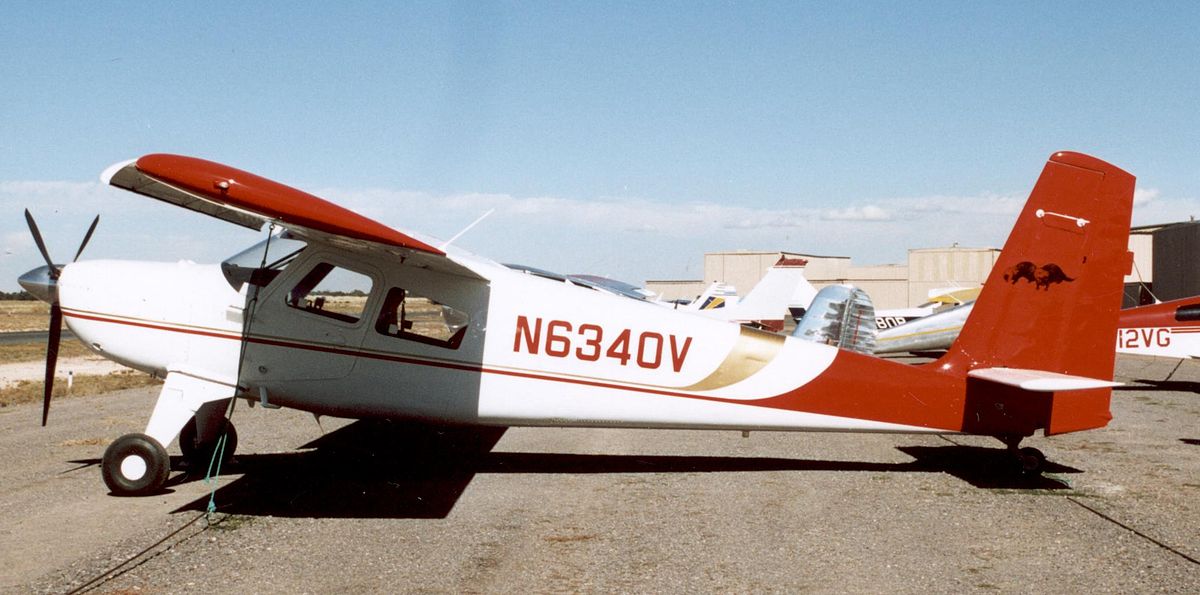Aircraft Technical Data
Helio Courier

| Details | |
| Country of Origin | United States of America |
| Type | Four/six place STOL utility light aircraft |
| History | The Helio Courier has proven to be a highly versatile utility aircraft, renowned for its superb STOL abilities. <p>The Courier lineage traces back to a much modified experimental development of the two seat Piper Vagabond known as the KoppenBolinger Helioplane. This Helioplane featured numerous aerodynamic modifications to enhance low speed handling capabilities and STOL performance, and many of its features were subsequently incorporated into the all new and much larger Courier. The Courier was initially known as the Helioplane Four and first appeared in 1952. In its first form it was powered by a 197kW (264hp) Lycoming GO435 and seated four. First flight occurred during 1953 and deliveries of the initial production model, the H391B, got underway in 1954. Subsequent development led to a number of derivatives, beginning with the H392 Strato Courier of 1957. Intended for high altitude photographic work, the H-392 was powered by a 255kW (340hp) supercharged GSO435. <p>The H395, featuring a 220kW (295hp) GO485 and seating for five or six, was the first major production version and it appeared in 1957. The H395A was similar but its engine could operate on 80 octane fuel, making it suitable for operations in remote areas. Next came the H250 (with a 185kW/250hp O540) and H295 Super Courier (220kW/295hp GO480) from 1965, and the tricycle undercarriage HT295 from 1974. The H250 remained in production until 1972, the H295 until 1976. <p>A development of the H295 with an eight cylinder 300kW (400hp) Lycoming IO720, the Courier 800, and the 260kW (350hp) TIO540 powered Courier 700 were put into production by the newly established Helio Aircraft Company from 1983, but production was limited and ceased in the late 1980s. |
| Powerplants | H250 - One 185kW (250hp) Lycoming O540A1A5 flat six piston engine driving a three blade constant speed propeller. H295 - One 229kW (295hp) geared GO480G1D6. |
| Performance | H250 - Max speed 257km/h (140kt), max cruising speed 245km/h (132kt), long range cruising speed 214km/h (116kt). Initial rate of climb 830ft/min. Service ceiling 15,200ft. Range with standard fuel and no reserves 1035km (560nm), with optional fuel 2073km (1120nm). H295 - Max speed 270km/h (145kt), max cruising speed 265km/h (143kt), long range cruising speed 240km/h (130kt). Initial rate of climb 1150ft/min. Service ceiling 20,500ft. Range with standard fuel and no reserves 1060km (575nm), with optional fuel 2220km (1200nm). |
| Weights | H250 - Empty 890kg (1960lb), max takeoff 1542kg (3400lb). H295 - Empty 943kg (2080lb), max takeoff 1542kg (3400lb). |
| Dimensions | H250 & H295 - Wing span 11.89m (39ft 0in), length 9.45m (31ft 0in), height 2.69m (8ft 10in). Wing area 21.5m2 (231sq ft). |
| Capacity | Early models up to the H250 could seat four, the H395 five or six, the H250 and subsequent models six. |
| Production | More than 500 Couriers of all models built, including 130 U10s for the US Air Force. |
| Related Links | Helio Courier |
The backbone of this section is from the The International Directory of Civil Aircraft by Gerard Frawley and used with permission. To get your own copy of the book click here. |
|








